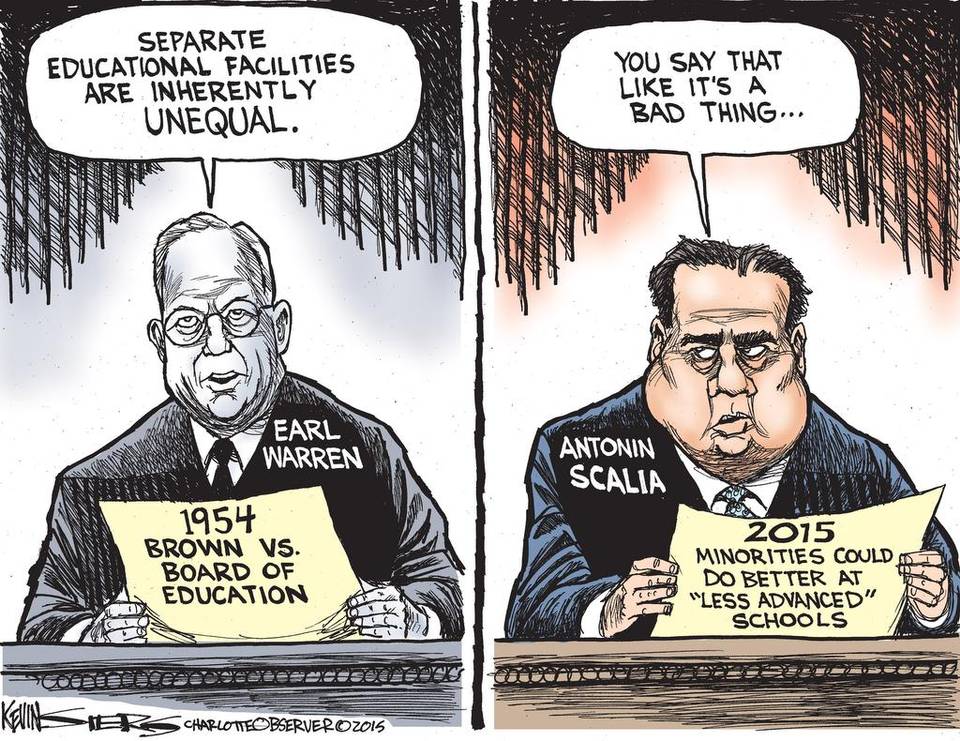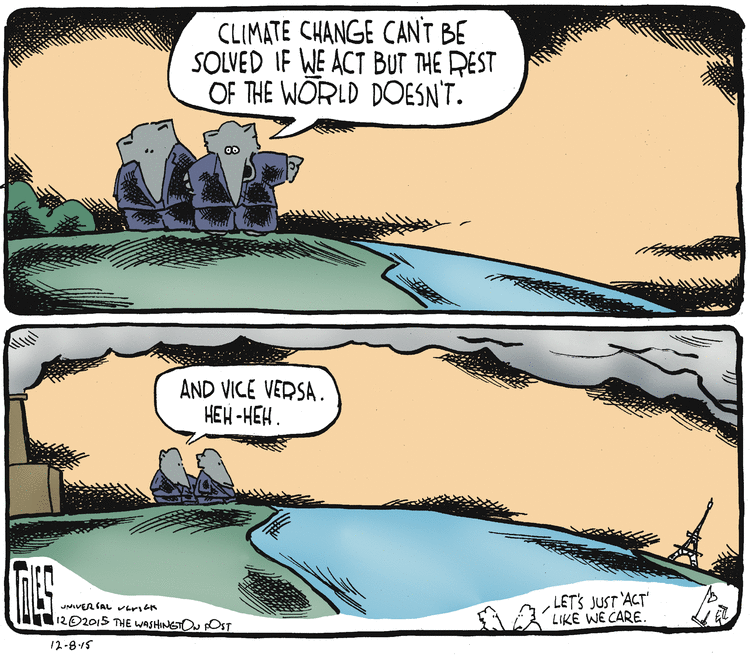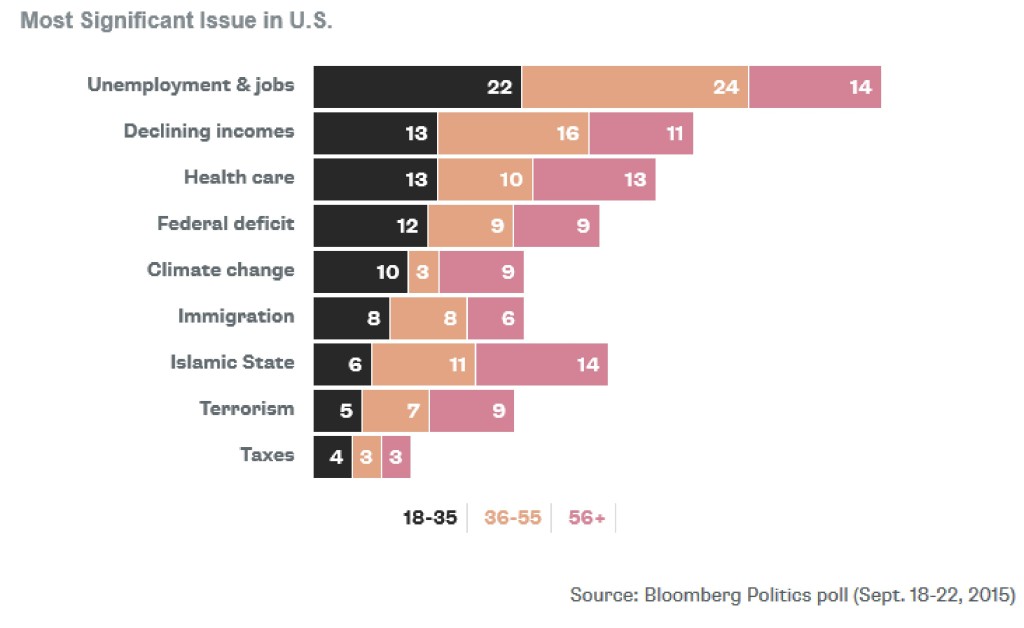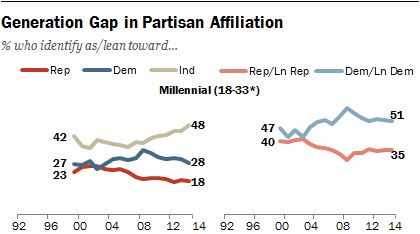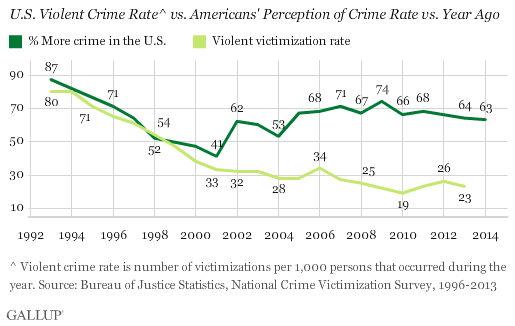Christmas Eve. Deer fencing is up, despite 60° weather and lots of other things for deer to eat just now. The fence makes the deer sad, and Ms. Oh So Right so very happy. Decorations are in place, presents are wrapped. Now we await the arrival of kids, grand-kids, family and friends over the next few days. Merry Christmas to all who read the Wrongologist!
No room at the inn, or even at the shelter. Maybe some room in your hearts:
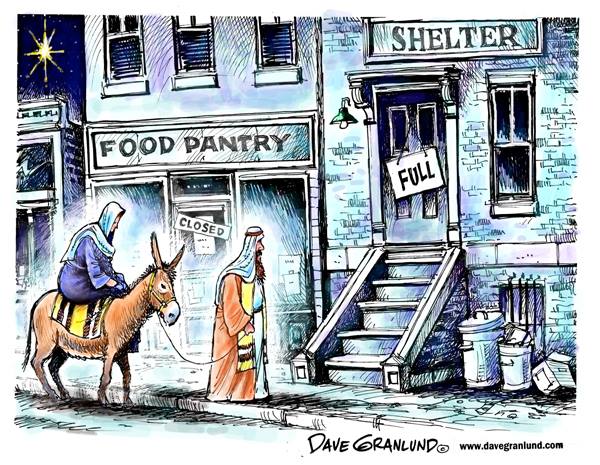 News you can’t use:
News you can’t use:
Earlier this month 59 Senators put their political differences aside for a Secret Santa gift exchange. (Fiscal Times) It was the fifth annual Secret Santa exchange since Sen. Al Franken (D-MN) brought the tradition to the Senate. Like at most offices, the gifts were lame.
More than 50 police officers involved in fatal shootings this year had previously fired their guns in deadly on-duty shootings. (WaPo) For a handful of officers, it was their third fatal shooting. For one officer, it was his fourth. Nothing to see here.
Republican Poverty: 93 of the poorest 100 counties in America are in red states. (Addicting Information) The overwhelming majority of the poorest counties in America are located in Republican controlled states, subject to Republican economic policies. Most of these Republican controlled states have an overwhelming Republican Senate and House majority, many even have a supermajority. Yet, despite Republican claims of superior economic policies, poverty is rampant where they rule.
Sued over old debt, and blocked from suing back. (NYT) Loan agreements force people into arbitration, but the banks and finance companies do not have to arbitrate, they can sue. This denies debtors access to the courts to contest the seizure of their property. That should be an unconstitutional denial of due process. But unfortunately, SCOTUS ceded that important bit of the US Constitution to the private sector in ATT v. Concepcion. Another knot in the noose that Capital should hang by.
Remember “reshoring”? Manufacturing jobs were supposedly returning to the US from Asia. Not so much. In fact, Offshoring has outpaced On-shoring in every year since 2004 except for 2011. (Global Economic Analysis)
CBGB, the mecca of punk music in the 1970s, closed this year, only to now be revived as a restaurant at Newark Airport. When Hilly Kristal opened CBGB OMFUG on the Bowery in 1973, he served his special chili—cooked in the presence of the chef’s pet rat. Rumors were that “Hilly’s Chili” contained unsavory seasonings like cigarette ashes and (occasionally) bodily fluids. But you went there for the music, not the food. Surely the food at the CBGB’s at EWR will contain better ingredients. And chili is on the new menu.

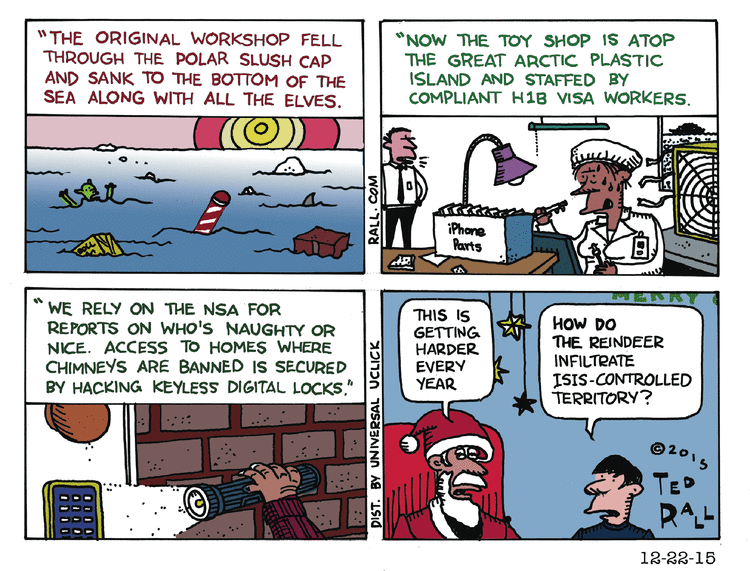
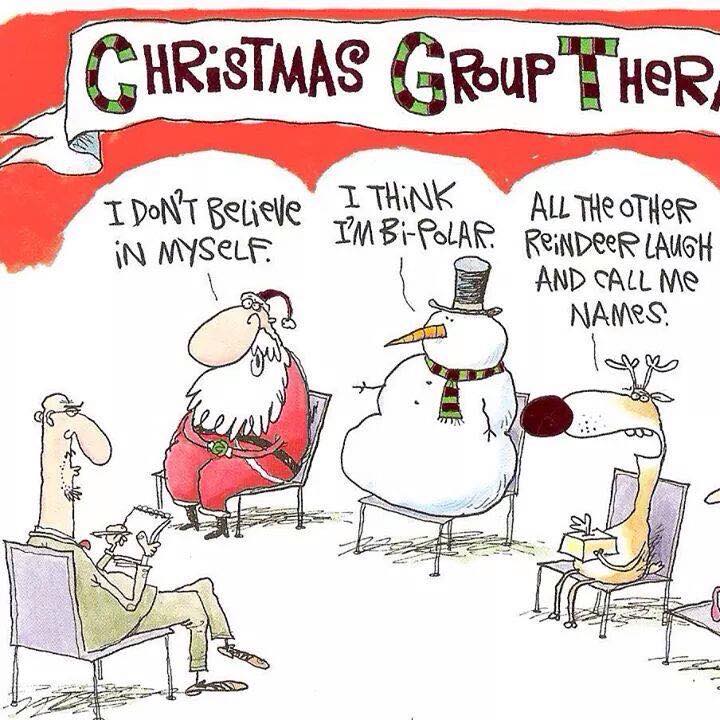


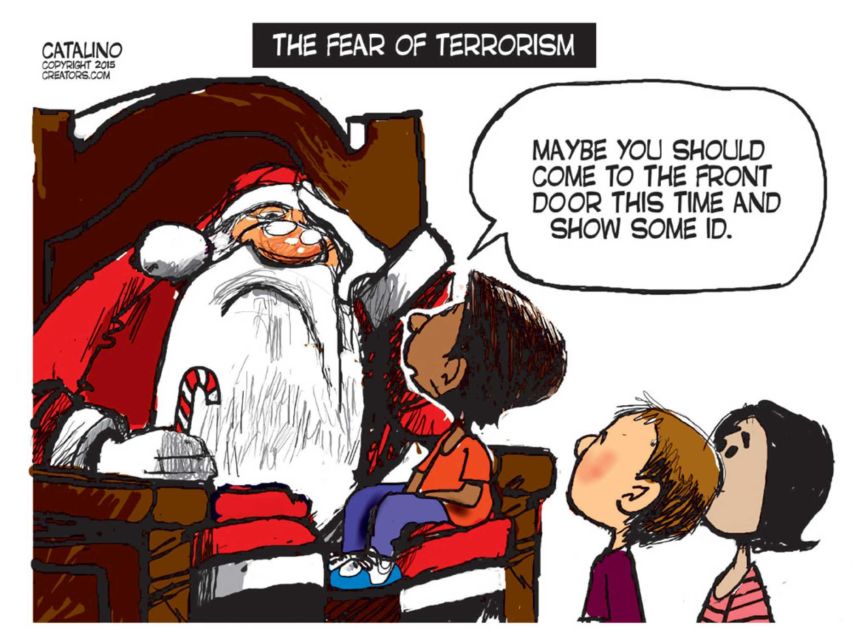
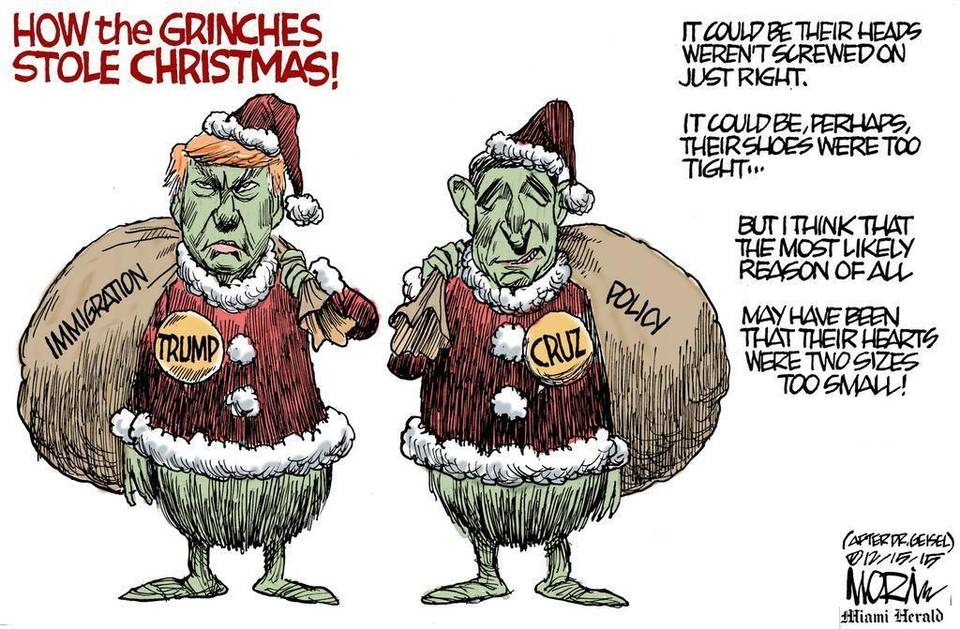

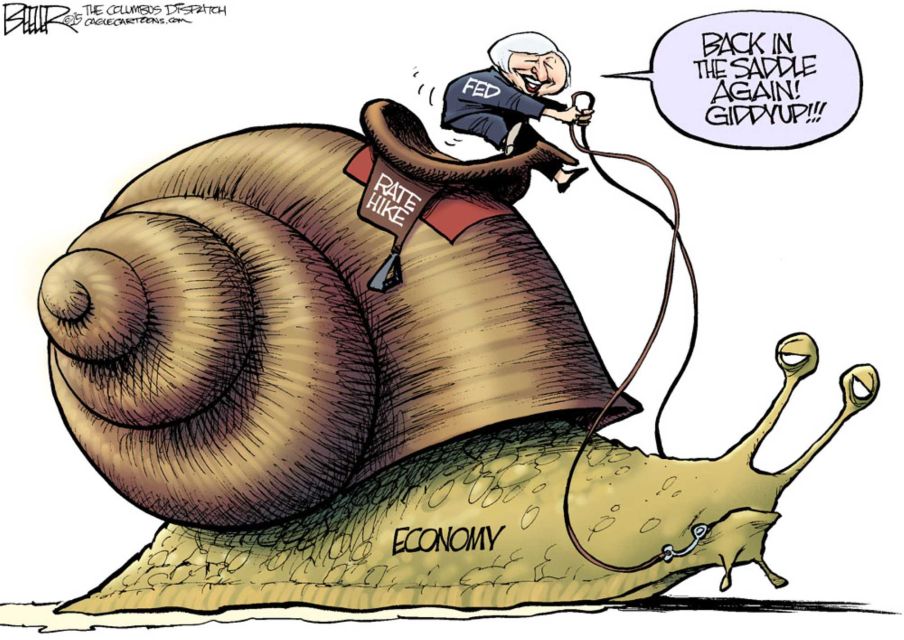
 How best to defeat extremism? Respondents in every country said:
How best to defeat extremism? Respondents in every country said: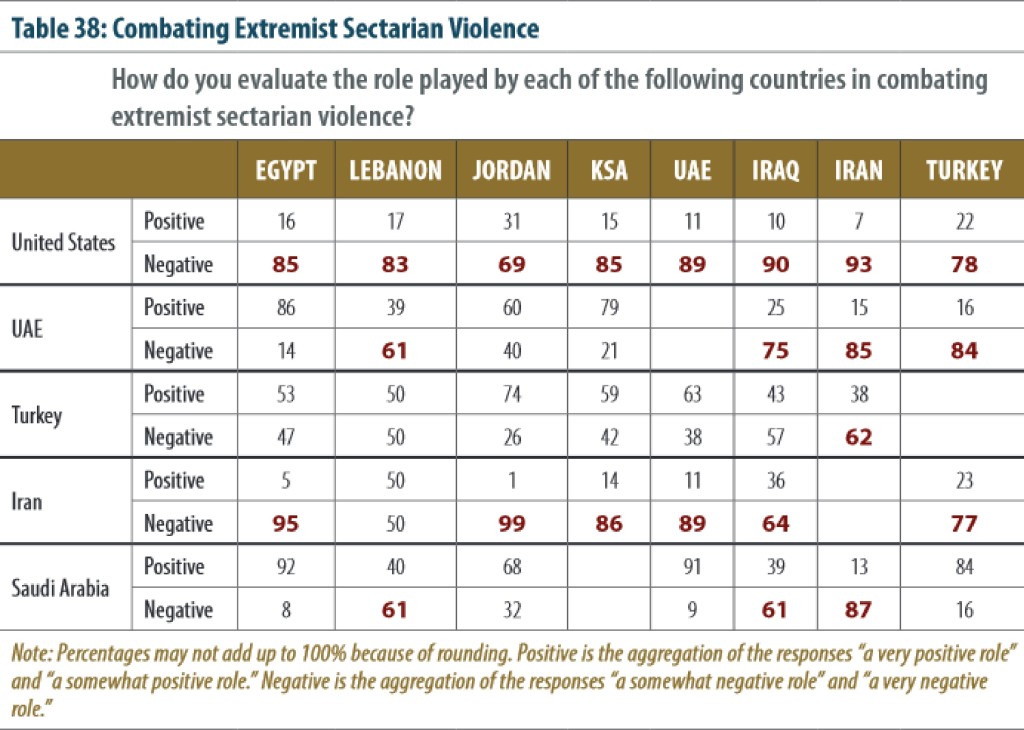 • Surprisingly to people in the US,
• Surprisingly to people in the US, 
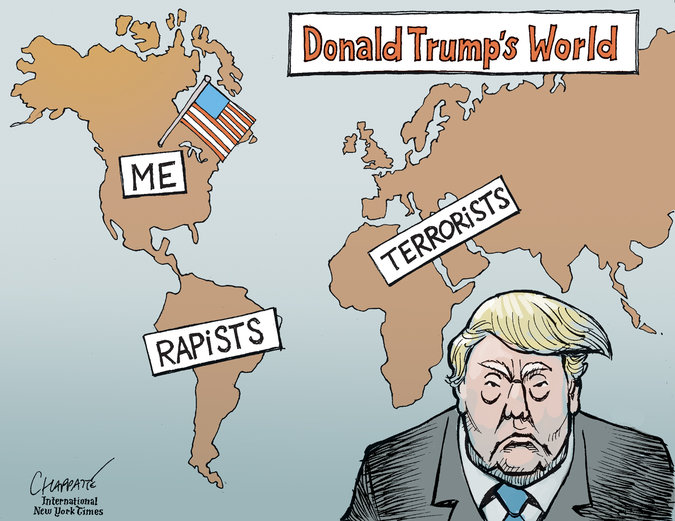
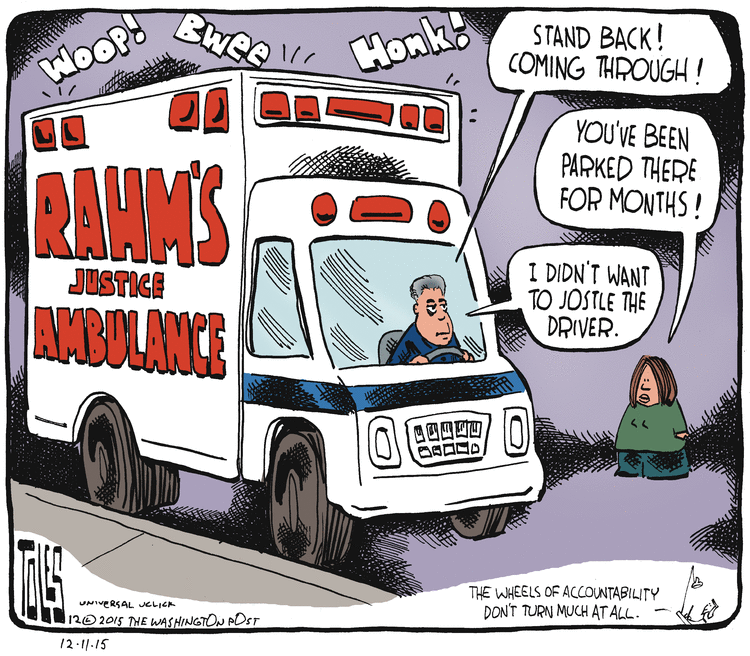 As mayor, he sat on that video for over a year. He had to know, because the $5 million payment to the victim’s family didn’t come from petty cash at the Chicago PD. He was the chief architect of the cover-up. And he needs to go.
As mayor, he sat on that video for over a year. He had to know, because the $5 million payment to the victim’s family didn’t come from petty cash at the Chicago PD. He was the chief architect of the cover-up. And he needs to go.